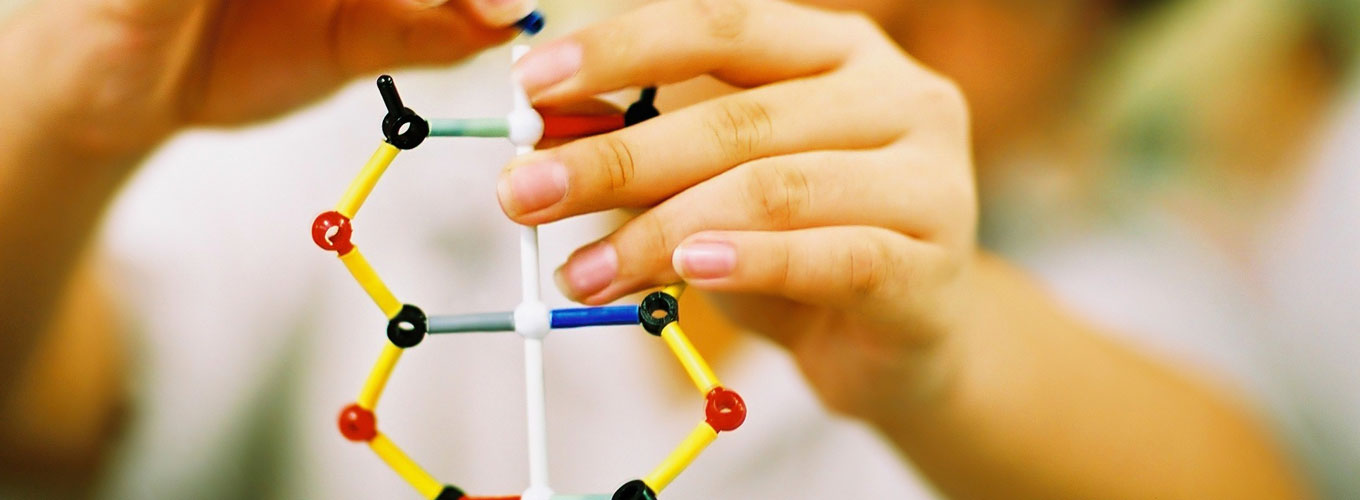Impact: Engagement in science learning and communication to encourage the next generation of scientists
A new way to learn and communicate science developed at UOW is encouraging university and school students to create digital media to explain science knowledge.
Called Slowmation (abbreviated from “Slow Animation”), the process is a simplified way for students to make a stop-motion animation accompanied by a narration to represent the content.
Inspired to find new ways to engage students in science discipline and science teacher education courses, UOW’s Professor Garry Hoban developed Slowmation as a novel way for students to learn science to complement the usual tasks of writing exams, lab reports and providing presentations.
Slowmation fosters creativity with students making models out of everyday materials such as cardboard, paper, plastic models and plasticine, which are laid down flat on a table or the floor, and moved manually.
Students take still images using their own personal technology such as a mobile phone or digital camera to capture the movements. They then use free movie making software on their own computers setting the animation speed at two frames per second providing slow moving images so that the science concepts can be narrated.
A significant output of this research is the development of a new theory for learning underpinning the process of making a Slowmation. Professor Hoban and colleague Dr Wendy Nielsen call it a ‘cumulative semiotic progression’ whereby students create a sequence of representations culminating in the narrated animation and build knowledge at the same time.
- SCHOOL OF EDUCATION, UOW
Professor Garry Hoban
Dr Wendy Nielsen - MONASH UNIVERSITY
- UNIVERSITY OF BRITISH COLUMBIA
Copyright © 2014 University of Wollongong. CRICOS Provider No: 00102E Privacy | Disclaimer & Copyright Info | Site Map

